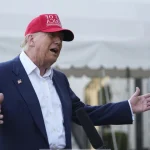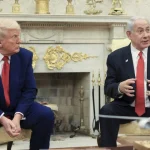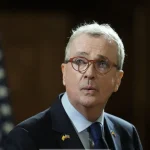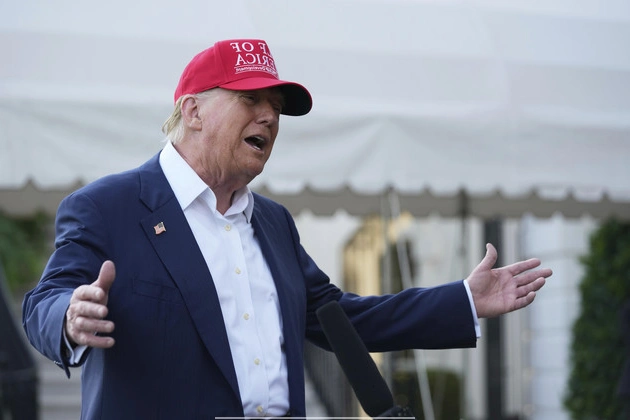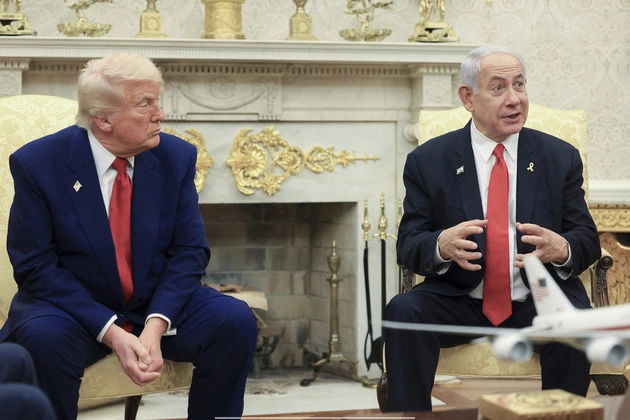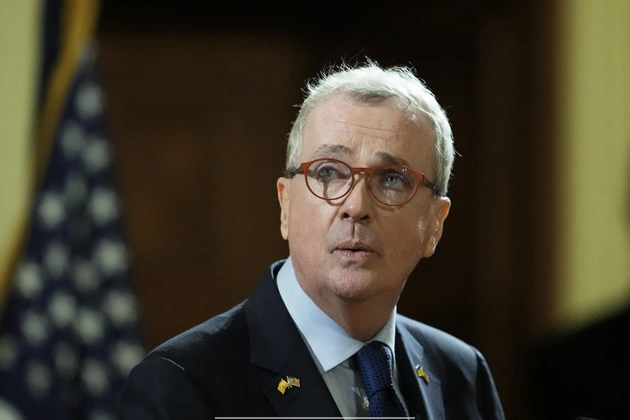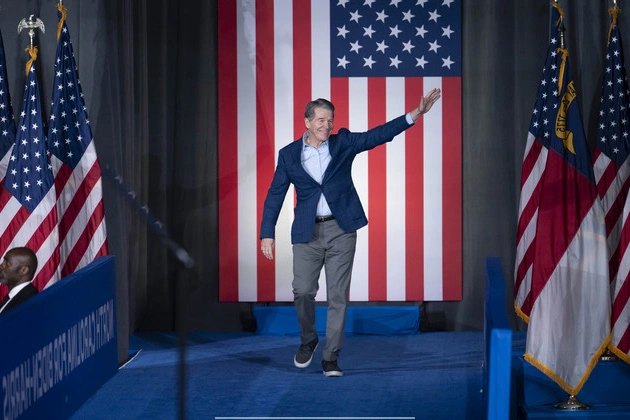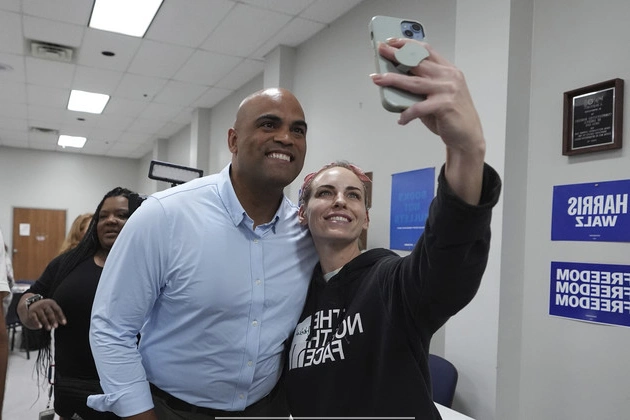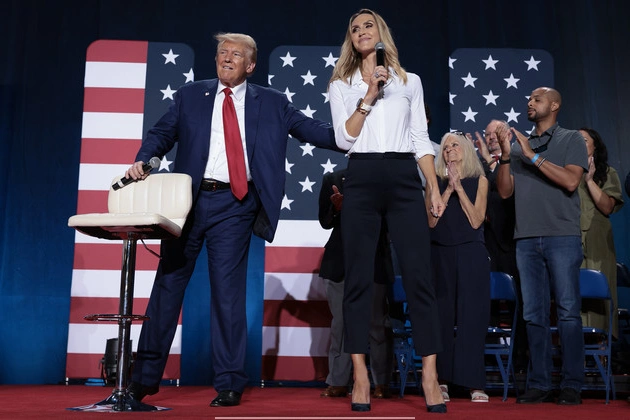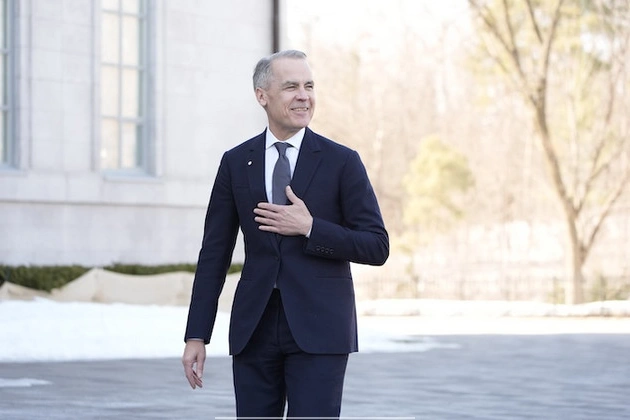
Mark Carney stepped into the role of Canada’s 24th prime minister amidst a challenging landscape of trade wars and upcoming elections. To secure victory in the next election, Carney faces the critical task of demonstrating his prowess in managing relations with the White House. His recent Cabinet appointments signal a strategic approach to counter President Donald Trump’s protectionist policies, which are poised to reshape Canada’s economic landscape.
Building Bridges with the White House
In a recent statement, Carney expressed his readiness to engage in discussions with President Trump, emphasizing the importance of upholding Canadian sovereignty. This stance marks a departure from the icy relations between former Prime Minister Justin Trudeau and the US president, which contributed to escalating tensions between the two nations.
Carney’s Cabinet comprises key figures from Trudeau’s administration, with a keen focus on trade, tariffs, and safeguarding Canada’s economy. The reduced size of the Cabinet underscores Carney’s commitment to efficiency and effectiveness in addressing pressing issues. Since assuming leadership of the Liberal party, Carney has immersed himself in briefings on trade policies, border security, and Canada-US relations.
Key Ministerial Appointments
Mélanie Joly retains her position as the Minister of Foreign Affairs, maintaining crucial ties with US officials like Secretary of State Marco Rubio and Senator Lindsey Graham. The continuity in this role underscores the importance of diplomacy in navigating turbulent international relations.
Dominic LeBlanc, known for his rapport with US Commerce Secretary Howard Lutnick, assumes the role of Canada’s Trade Minister. Together with François-Philippe Champagne, the new Finance Minister, they are actively engaging with US counterparts to address the impact of Trump’s tariff policies.
Public Safety Minister David McGuinty continues his efforts in collaboration with US officials on security matters, ensuring a robust approach to border security.
Chrystia Freeland, known for her principled stance on US-Canada relations, takes on the responsibilities of Transport and Internal Trade Minister. Her past warnings about the implications of Canada’s interactions with the US highlight the gravity of the current geopolitical environment.
Looking Ahead: Election Prospects and Bilateral Relations
Carney’s tenure is poised to be short-lived, with plans for a federal election looming before March 24. The political landscape, reshaped by Trump’s policies and rhetoric, presents new opportunities for the Liberal party to regain momentum.
Champagne’s optimism about Carney’s leadership heralds a potential reset in Canada-US relations, discussed in recent Senate hearings on Capitol Hill. As tensions escalate over trade disputes and tariff escalations, the need for diplomatic finesse and strategic negotiations remains paramount.
The evolving dynamics between Canada and the US underscore the importance of maintaining a strong stance on sovereignty and economic independence. Carney’s upcoming discussions with President Trump and engagements on the global stage signal a proactive approach to fortifying alliances and securing Canada’s interests.
Conclusion
As Canada braces for political upheaval and economic challenges, Carney’s leadership style offers a counterpoint to Trump’s unpredictability. The Liberal party’s rallying cry under Carney’s leadership underscores the need for stability and certainty in North American relations. With a focus on strengthening ties with European allies and enhancing trade relationships, Canada’s trajectory under Carney’s leadership holds promise amidst global uncertainties.
